Part 1 From Potential to Practice: Navigating AI Across the Design Process - Introduction
2025.07.16

In our earlier series on AI in architecture, we explored the rapidly evolving landscape—tools that generate images from text, platforms that analyze building codes, and early efforts in AI-assisted planning. These technologies held clear promise, but also clear limitations. Some lacked control or precision, others operated as opaque black boxes. What became obvious: not all AI is built for every task.
This rebooted series takes a more grounded, phase-by-phase approach. Instead of asking what AI can do, we’re asking: how can the right tools support the right stage of design?
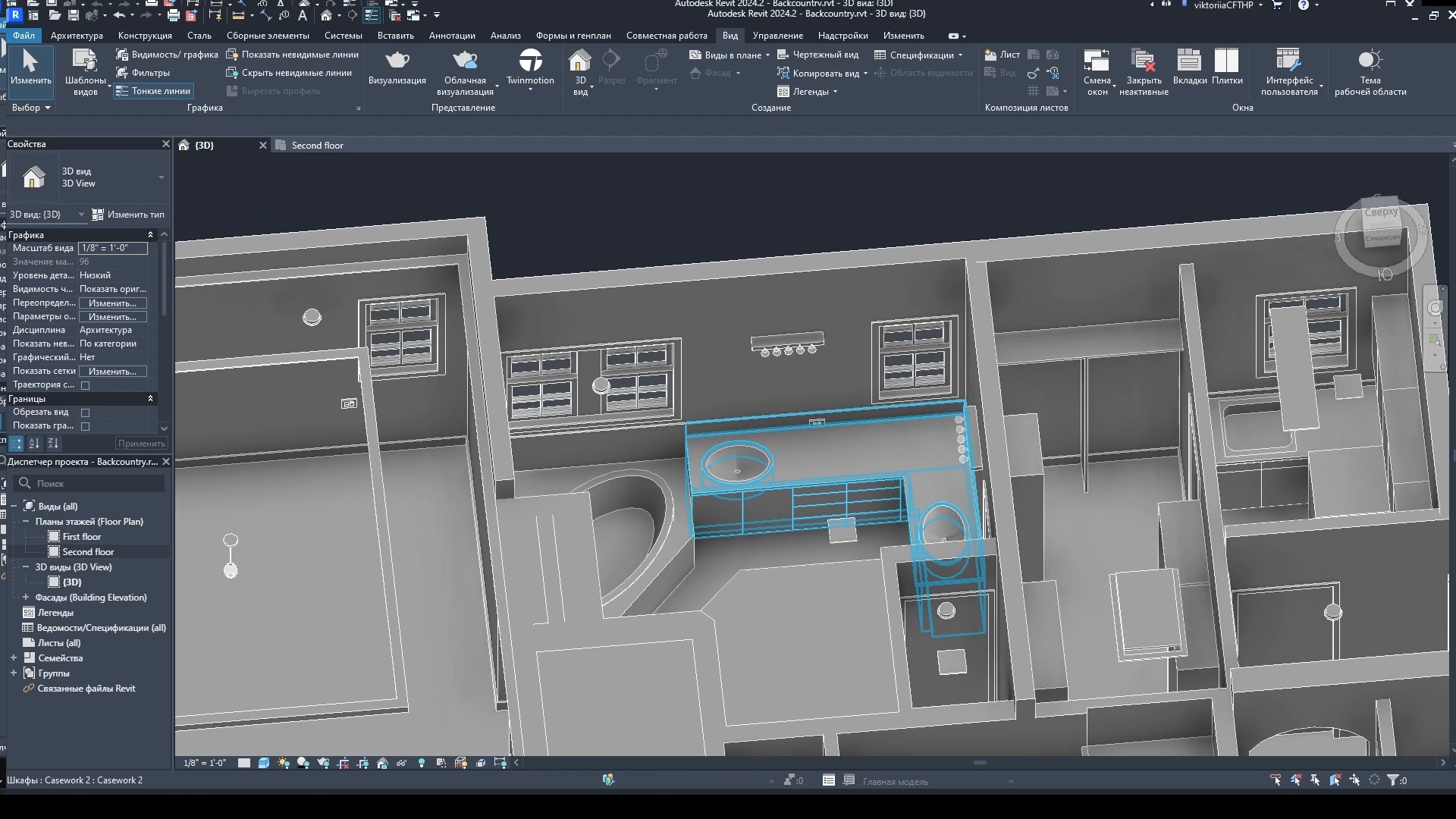
How can the right tools support the right stage of design?
The Right Tool, The Right Phase
The AI ecosystem is expanding quickly. From site analysis to schematic design to construction documentation, new tools are emerging with increasingly specific applications. Understanding how (and when) to integrate them is becoming a key competency for forward-thinking firms.
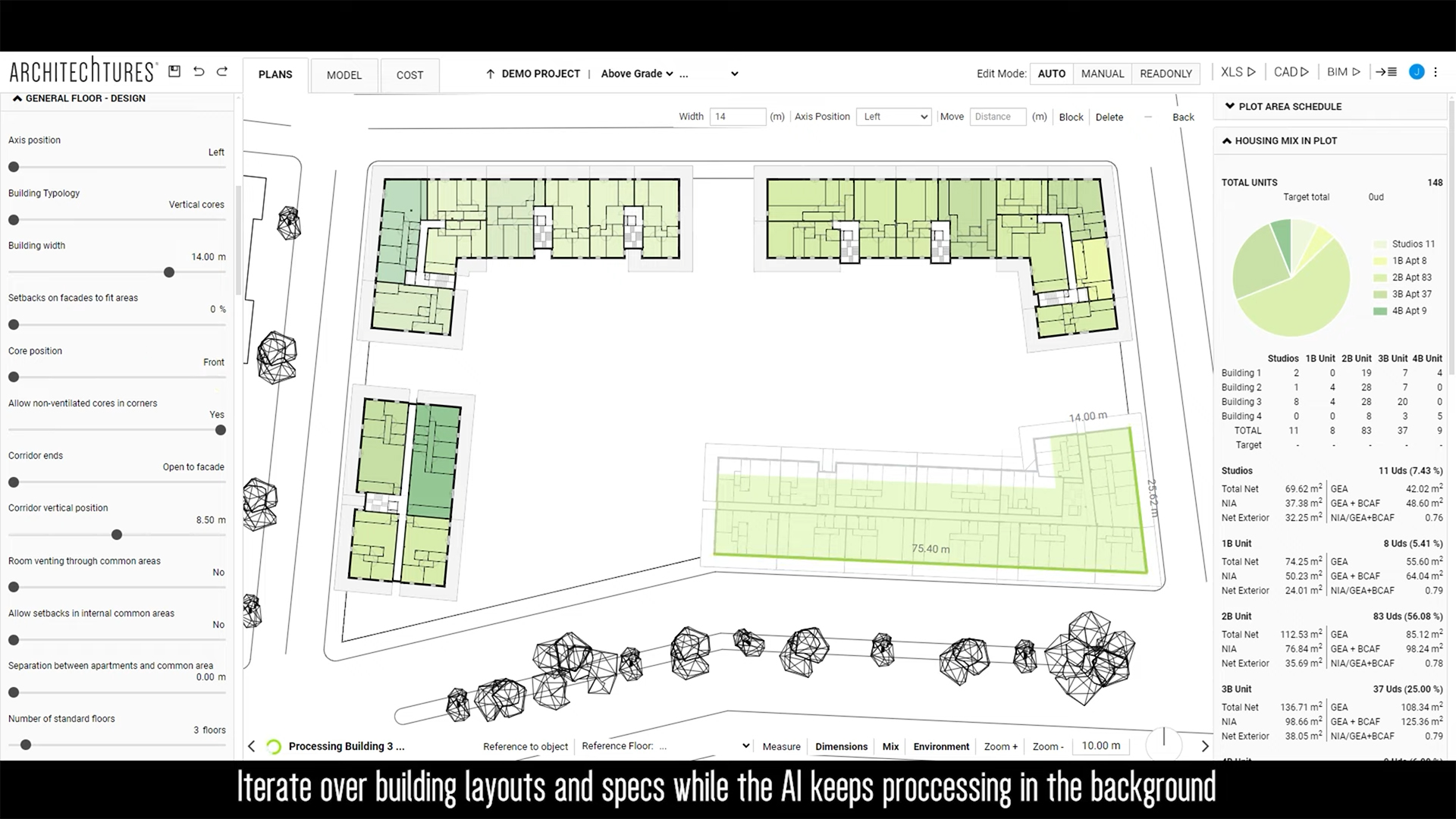
By aligning each tool with a design phase, we aim to offer clarity and confidence in a space that can feel overwhelming or opaque.
Each post in this series will spotlight one phase of the architectural process—and a specific AI tool that may enhance it. We’ll explore:
- What the tool is designed to do—and how well it delivers.
- Who benefits from it most: small studios, large firms, or developers?
- How it fits within current workflows and toolsets like BIM or CAD.
- Whether it augments human input or aims to replace it.
- And just as importantly—what it leaves out.
By aligning each tool with a design phase, we aim to offer clarity and confidence in a space that can feel overwhelming or opaque.
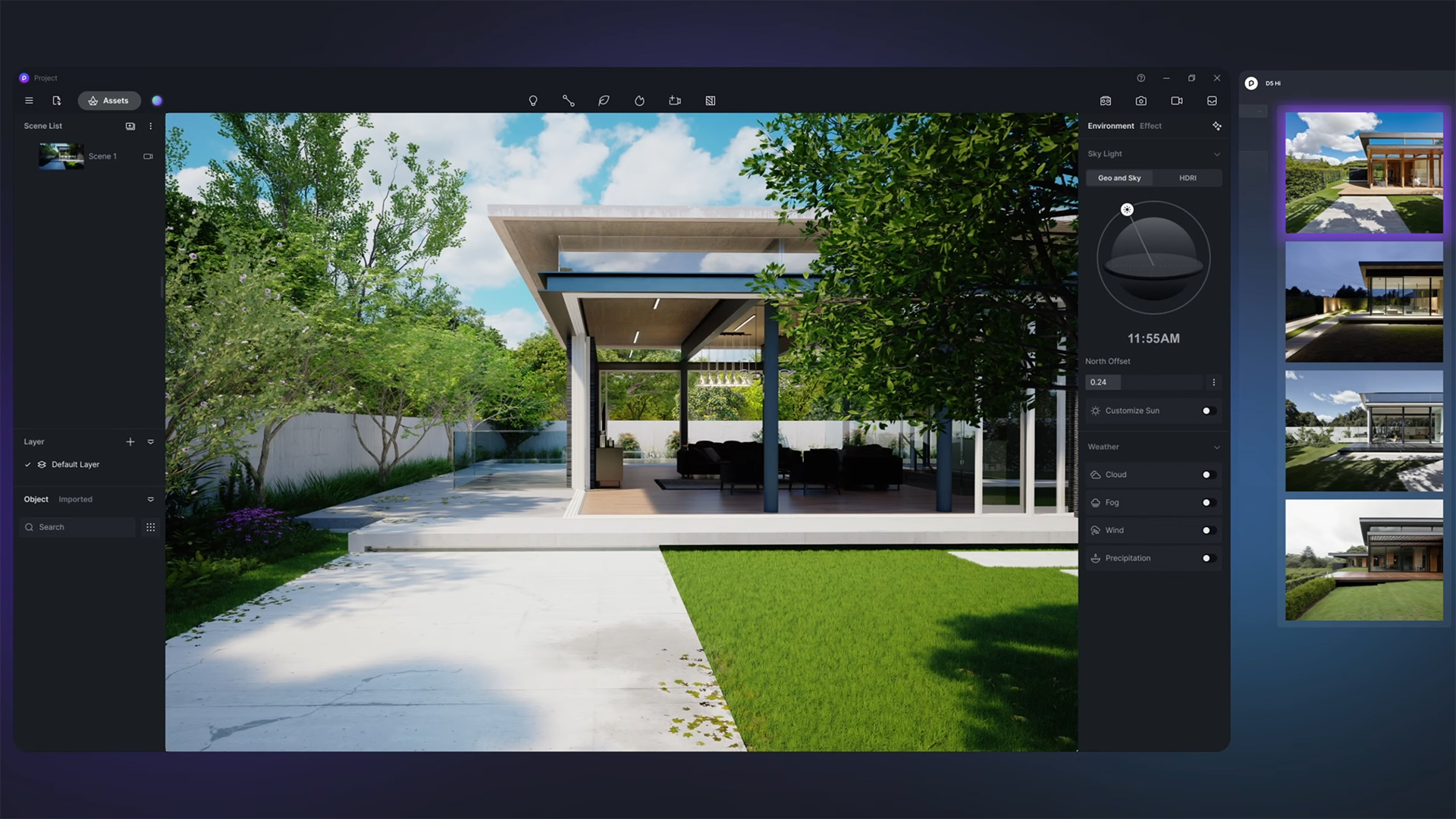
Exploring Opportunities and Limits
Our lens is practical, not promotional. We’ll examine what it takes to use these tools effectively, what challenges persist, and where careful discernment is still required. We’ll also identify areas where AI has yet to catch up—phases of design where human insight remains essential.
AI is no longer hypothetical. It’s woven into our workflows in ways both subtle and significant. This series is here to help you engage with that reality—with clarity, curiosity, and care.
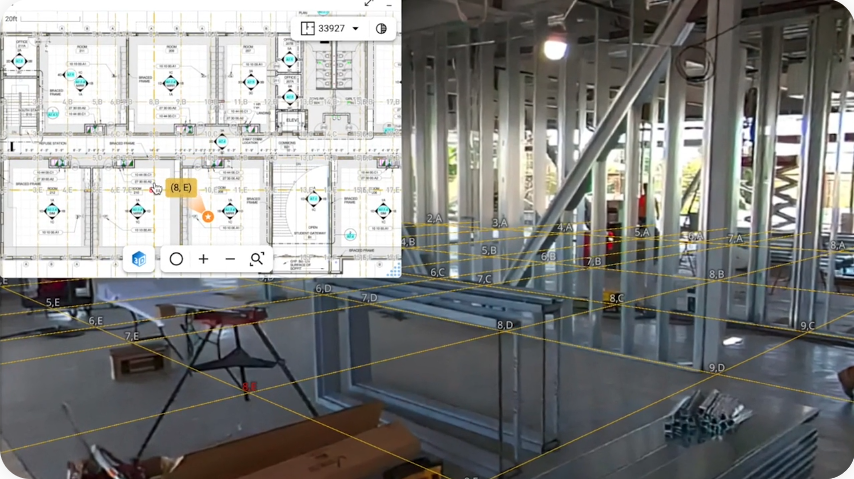
Engage with AI—with clarity, curiosity, and care.
From Potential to Practice: Navigating AI Across the Design Process
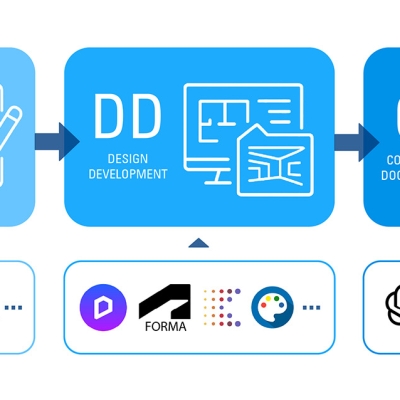 Part 1
Introduction
2025.07.16
Part 1
Introduction
2025.07.16
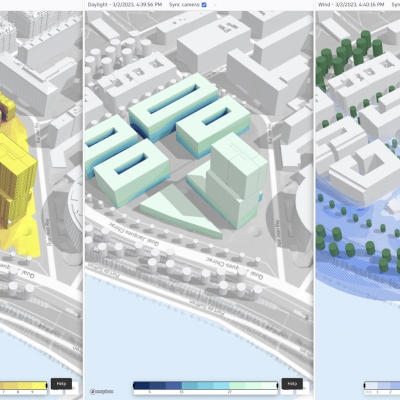 Part 2
Pre-Design
2025.09.23
Part 2
Pre-Design
2025.09.23
 Part 3
Schematic Design
2025.09.30
Part 3
Schematic Design
2025.09.30


